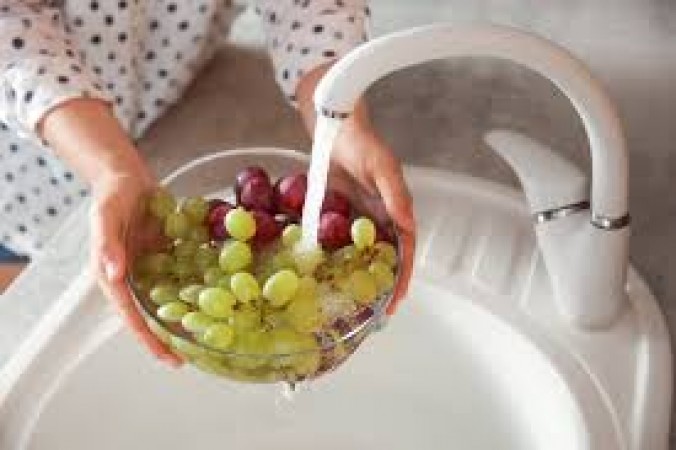
Washing grapes is a crucial step to ensure they are safe to eat and free from harmful contaminants. While many people may simply rinse grapes in a colander or a bowl, there is a right and wrong way to wash them to ensure they are thoroughly cleaned. Contrary to popular belief, keeping grapes in a vessel or soaking them for an extended period may not be the most effective method. Let's explore the proper way to wash grapes to maintain their freshness and safety.
Understanding the Importance of Washing Grapes
Before delving into the correct washing method, it's essential to understand why washing grapes is important. Grapes, like many fruits, can harbor dirt, bacteria, pesticides, and other residues on their surface. Consuming unwashed grapes can pose health risks, especially if they are contaminated with harmful substances.
The Risks of Improperly Washed Grapes
Consuming unwashed grapes can potentially lead to foodborne illnesses or pesticide exposure. Bacteria such as E. coli, Salmonella, and Listeria monocytogenes can be present on the surface of grapes, especially if they have been handled improperly during harvesting, packing, or transportation. Additionally, pesticides used in grape cultivation can linger on the skin if not adequately washed off before consumption, potentially causing adverse health effects.
The Right Way to Wash Grapes
To wash grapes properly, follow these simple steps:
Step 1: Preparation
Step 2: Rinse
Step 3: Scrub
Step 4: Dry
Step 5: Storage
In conclusion, washing grapes properly is essential for ensuring their safety and quality. By following the steps outlined above, you can effectively remove dirt, bacteria, and pesticide residues from the surface of the grapes, making them safe to consume. Remember to wash your hands, rinse the grapes under cold water, gently scrub if necessary, and dry them thoroughly before storing them in the refrigerator. By adopting this proper washing method, you can enjoy delicious and safe grapes with peace of mind.
North Korea Advances Missile Technology with Hypersonic Test
Revolutionizing Quality Assurance: A Closer Look at Recheque's Advanced Hybrid Testing System
Sprinkler fan provides powerful cooling in summer outdoor parties, know its features